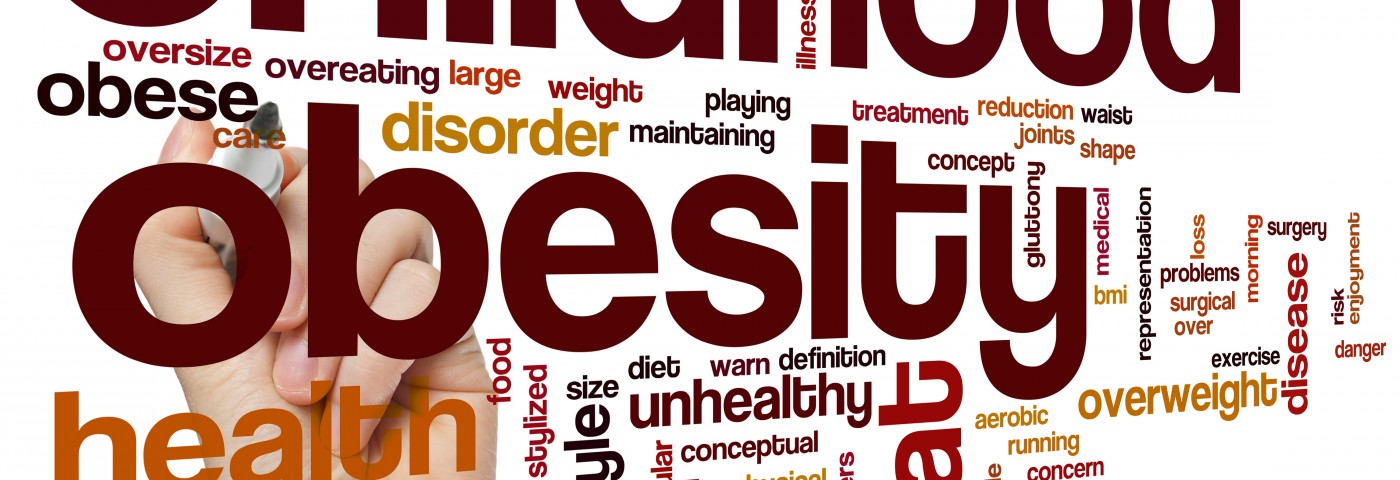Adolescents and children with severe obesity are at a markedly higher risk of developing a range of weight-related comorbidities, according to a new study examining the relationship between weight status and cardiovascular and metabolic risk factors. The paper, “Cardiometabolic Risk Factors among Severely Obese Children and Adolescents in the United States, 1999–2012,” was published in Childhood Obesity.
Common medical comorbidities of childhood obesity include type 2 diabetes, hypertension, high cholesterol, cardiovascular disease, fatty liver disease, and asthma. While the rates of such metabolic and cardiovascular comorbidities are well-documented in obese children, not much focus has been applied to severely obese children and adolescents.
The research team examined the dose-response relationship between weight and cardiometabolic risk factors, and evaluated the possible excessive risk added by severe obesity when compared to normal, overweight or moderate obesity, in children and adolescents (ages 6–19) in the U.S. Data spanning 1999 to 2012 was collected from the National Health and Nutrition Examination Survey (NHANES).
Severe obesity is defined as a body mass index (BMI) ≥120 percent of 95th percentile of BMI-for-age, or a BMI above 35 kg/m2. The researchers evaluated several obesity-related risk factors, such as blood pressure (BP), high-density lipoprotein cholesterol (HDL, “good cholesterol”), low-density lipoprotein cholesterol (LDL, “bad cholesterol”), total cholesterol (TC), triglycerides, and fasting glucose, and determined if severe obesity significantly changed the risk of patients presenting these comorbidities.
The results showed that, among severely obese young patients, the prevalence of high BP was nearly 10 percent, 40 percent had high triglycerides, 30 percent had high levels of LDL, and nearly 27 percent had high fasting glucose. Moreover, severely obese adolescents compared to normal weight adolescents had at least twice the likelihood of presenting high BP, high TC, high fasting glucose, high triglycerides, high LDL, and low HDL. When comparing severe obesity and moderate obesity, the researchers found significant differences in the odds of having high BP and low HDL.
“With increasing severity and magnitude of obesity among children and adolescents, the probability of developing multiple comorbidities rises concomitantly,” the authors wrote.
Dr. Tom Baranowski, Childhood Obesity editor-in-chief, said in a press release, “These findings dramatize the heightened cardiovascular disease risks associated with severe obesity even among teenagers. While causality cannot be inferred from these analyses, they do indicate that effective treatment programs are urgently needed for severely obese teens, and more effective prevention programs are needed at much earlier ages.”

